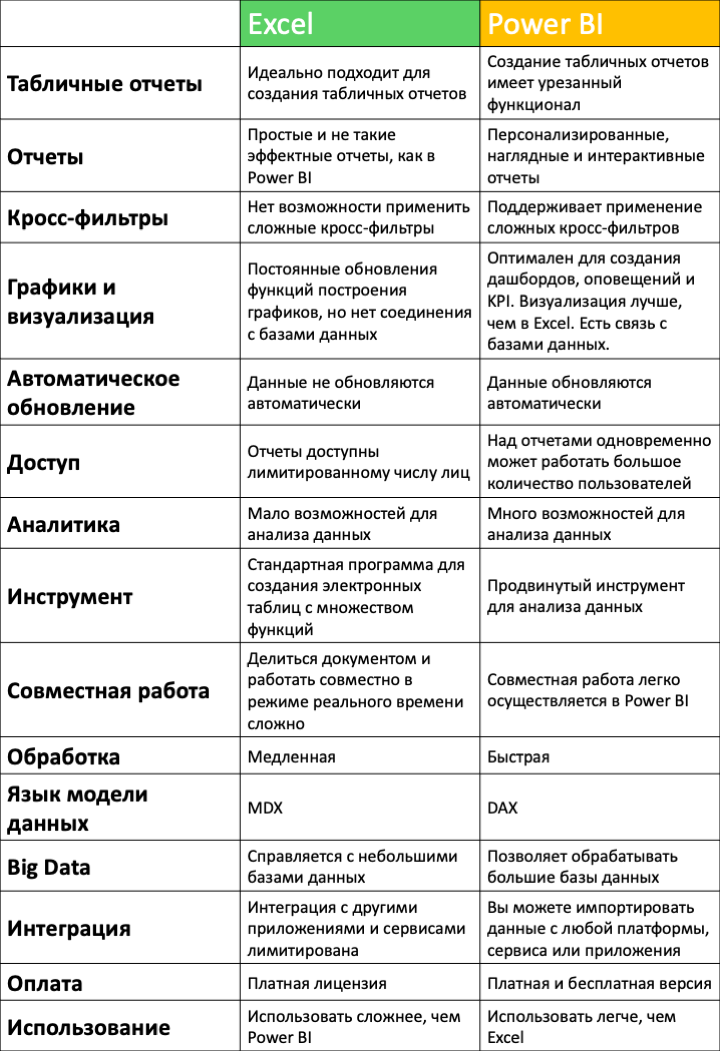In today's business world, it is imperative to have tools that allow us to quickly and intuitively analyze data and turn databases into understandable information. More and more companies are realizing the importance of data analytics and its connection to increased productivity and increased profits. That's why choosing the right tool so experts can get the most out of their work is so important. Excel and Power BI are two of the most popular data analytics apps in the world, but which one is better?

Both Excel and Power BI are owned by Microsoft and are used for data science, although they have different capabilities.
Excel, which is part of Office 365 and was released in 1985, is a program that almost everyone knows. Whether you're a data scientist or a data scientist, you've almost certainly used Microsoft Excel at work. The program has a spreadsheet format that organizes data into rows and columns and has the ability to perform calculations and mathematical formulas easily and quickly. Moreover, like Power BI, it is also used to transform data sets into visual information.
On the other hand, Power BI is a set of business intelligence tools, software services, and business-oriented applications. In other words, Power BI is a platform with a more specific purpose than Excel - processing DATA in a business environment - although it can also be used in other areas. One of the big advantages of Power BI is that it is capable of connecting to a large number of data sources of many sizes: Excel spreadsheets, relational and non-relational databases, cloud services, files in different formats, big data tools, web applications, etc. In addition, it has high graphics and data transformation capabilities in reports, monitoring and customized, attractive, interactive and easy-to-understand visualizations.

Key differences between Excel and Power BI
- Excel is used to organize data, transform it, and perform mathematical operations and calculations. Power BI was designed as a business intelligence and data visualization tool for businesses.
- Excel has limits on the amount of data it can work with. Power BI can handle much larger volumes of data.
- Power BI can connect to a wide range of data sources, while Excel's connectivity is limited. Plus, unlike Excel, Power BI can be easily used on mobile devices.
- Power BI processes faster than Excel.
- Power BI dashboards are more attractive, interactive, and customizable than Excel.
- Power BI is a more powerful tool than Excel when it comes to comparing tables, reports, or data files.
- Power BI is more convenient and easier to use than Excel.
Conclusion
After analyzing both tools, we can conclude that Excel and Power BI are complete tools for working with data. However, they have different characteristics and functions.
Excel is the best option if you want to transform data, perform searches, calculate and apply mathematical formulas, or create complex spreadsheet reports. Power BI is more suitable for working with large volumes of data, creating visualizations, working in teams, integrating data from multiple sources and analyzing with the intention of obtaining indicators, drawing conclusions and making data-driven decisions.
We at Fanetech, a Microsoft partner, are ready to answer any questions you may have about any Microsoft service. Just Contact us.

